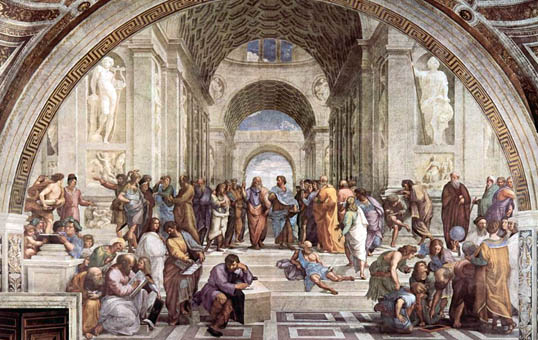
“I saw the angel in the marble and carved until I set him free.”
(Michelangelo Buonarotti)
Having a lot of free time during the quarantine, why not to ennoble your soul and to scroll the pages devoted to high art? Wherever and whenever you go, art connoisseurs are always respected. So, let`s touch upon the Renaissance.
The Renaissance typically refers to a period in European history approximately between 1400 and 1600. Many historians assert that it started earlier or ended later, depending on the country. The Renaissance was a fervent period of European cultural, artistic, political and economic “rebirth” following the Middle Ages.
The Renaissance also witnessed the discovery and exploration of new continents, the substitution of the Copernican for the Ptolemaic system of astronomy, the decline of the feudal system and the growth of commerce, and the invention or application of such potentially powerful innovations as paper, printing, the mariner’s compass, and gunpowder. The Renaissance is most closely associated with Italy, where it began in the 14th century, though countries such as Germany, England and France went through many of the same cultural changes and phenomena.
From Darkness to Light: The Renaissance Begins
During the Middle Ages, Europeans made few advances in science and art. Also known as the “Dark Ages”, the era is often branded as a time of war, ignorance, famine, and pandemics such as the Black Death.
While the spirit of the Renaissance ultimately took many forms, it was expressed earliest by the intellectual movement called humanism. Humanism was initiated by secular men of letters rather than by the scholar-clerics who had dominated medieval intellectual life and had developed the Scholastic philosophy. Humanism began and achieved fruition first in Italy. Its predecessors were men like Dante and Petrarch, and its chief protagonists included Gianozzo Manetti, Leonardo Bruni, Marsilio Ficino, Lorenzo Valla, and Coluccio Salutati. Among its many principles, humanism promoted the idea that man was the center of his own universe, and people should embrace human achievements in education, classical arts, literature, and science.
Medici Family Rules
The Renaissance started in Florence, Italy, a place with a rich cultural history where wealthy citizens could afford to support budding artists. Members of the powerful Medici family, which ruled Florence for more than 60 years, were famous backers of the movement. Great Italian writers, artists, politicians, and others declared that they were participating in an intellectual and artistic revolution that would be much different from what they experienced during the Dark Ages.
The movement first expanded to other Italian city-states, such as Venice, Milan, Bologna, Ferrara and Rome. Then, during the 15th century, Renaissance ideas spread from Italy to France and then throughout western and northern Europe. Art, architecture, and science were closely linked during the Renaissance. In fact, it was a unique time when these fields of study fused together seamlessly. For instance, artists like da Vinci incorporated scientific principles, such as anatomy into their work, so they could recreate the human body with extraordinary precision. Architects such as Filippo Brunelleschi studied mathematics to accurately engineer and design immense buildings with expansive domes.
Scientific discoveries led to major shifts in thinking: Galileo and Descartes presented a new view of astrology and mathematics, while Copernicus proposed that the Sun, not the Earth, was the center of the solar system.
Renaissance art was characterized by realism and naturalism. Artists strived to depict people and objects in a true-to-life way.
Renaissance Religion
Humanism encouraged Europeans to question the role of the Roman Catholic church during the Renaissance. As more people learned how to read, write and interpret ideas, they began to closely examine and critique religion as they knew it. Also, the printing press allowed for texts, including the Bible, to be easily reproduced and widely read by the people, themselves, for the first time.
Renaissance Geniuses the works of whom are worth seeing
- Leonardo da Vinci (1452–1519): Italian painter, architect, inventor, and “Renaissance man” responsible for painting “The Mona Lisa” and “The Last Supper.
- Galileo (1564-1642): Italian astronomer, physicist and engineer whose pioneering work with telescopes enabled him to describes the moons of Jupiter and rings of Saturn. Placed under house arrest for his views of a heliocentric universe.
- Geoffrey Chaucer (1343–1400): English poet and author of “The Canterbury Tales.”
- John Milton (1608–1674): English poet and historian who wrote the epic poem “Paradise Lost.”
- William Shakespeare (1564–1616): England’s “national poet” and the most famous playwright of all time, celebrated for his sonnets and plays like “Romeo and Juliet.”
- Michelangelo (1483–1520): Italian sculptor, painter, and architect who carved “David” and painted The Sistine Chapel in Rome.
- Donatello (1386–1466): Italian sculptor celebrated for lifelike sculptures like “David,” commissioned by the Medici family.
To sum up, I would like to remind you about the angels of Michelangelo and the famous quote of Leonardo da Vinci, “Learning never exhausts the mind.”

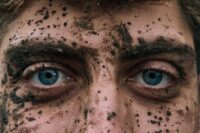


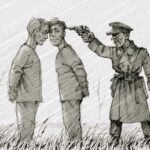





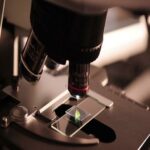
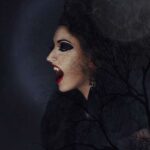
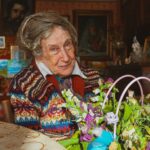
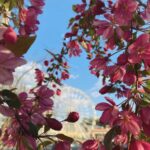



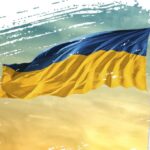



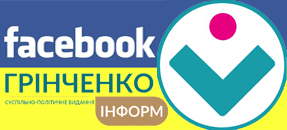





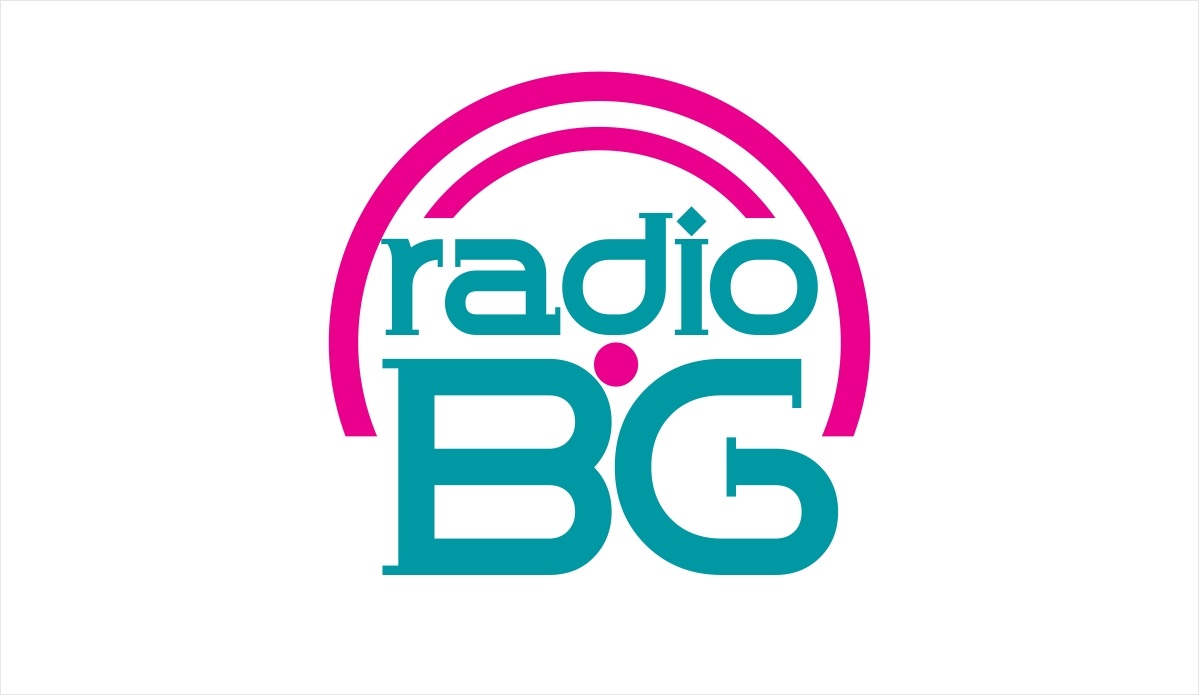
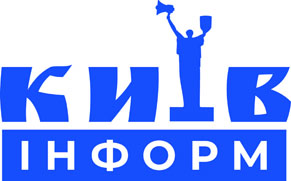

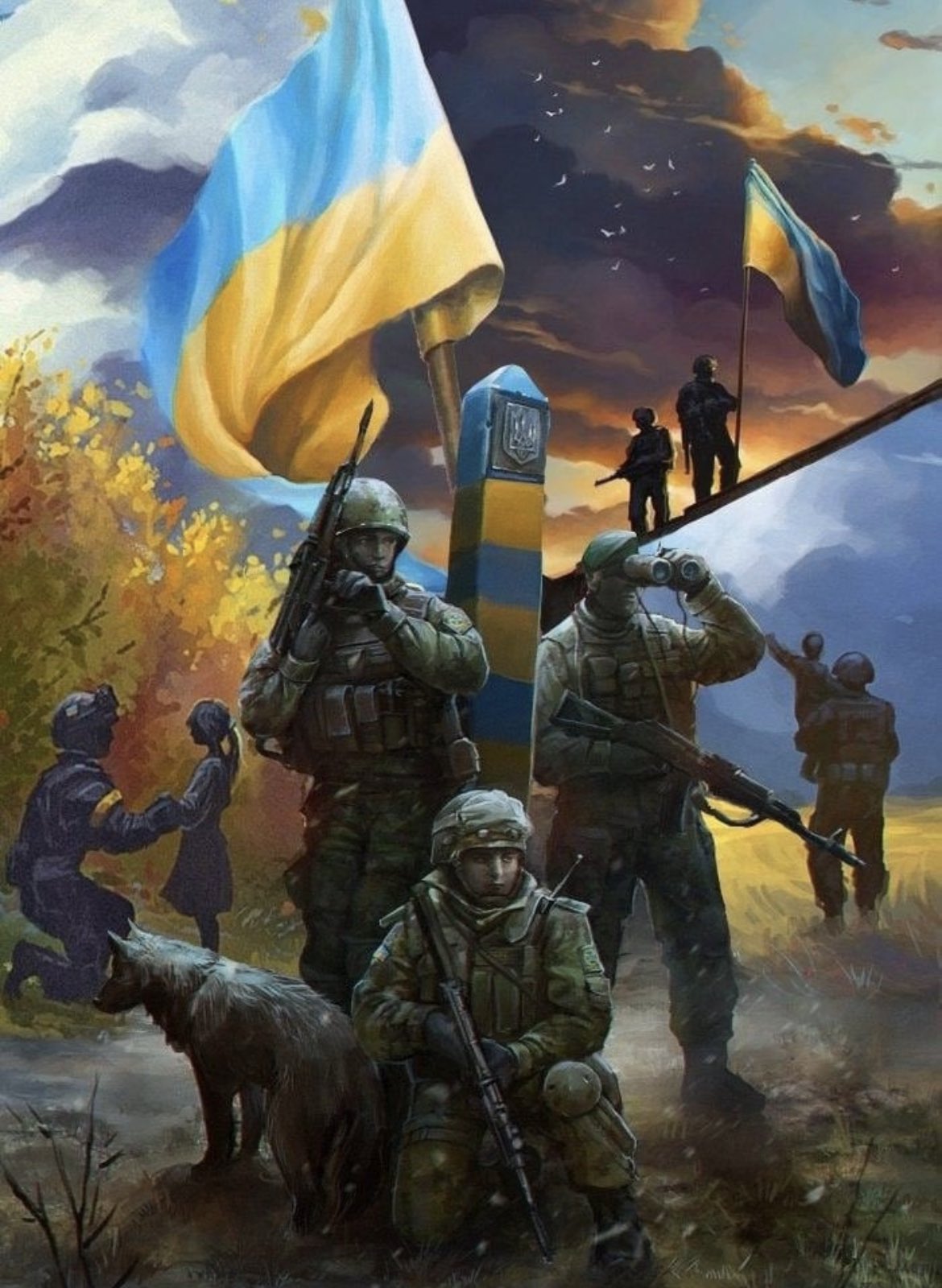

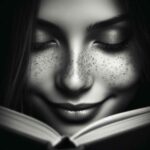


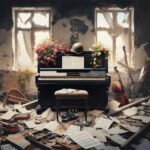







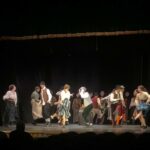
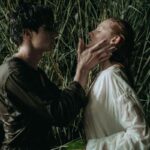












Залишити відповідь